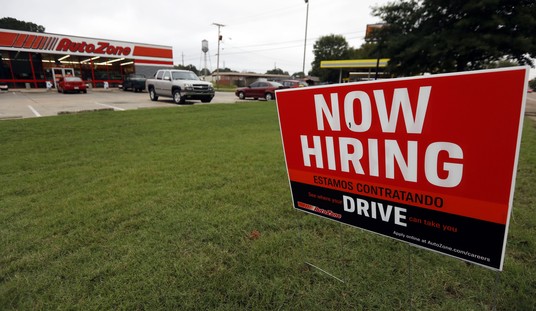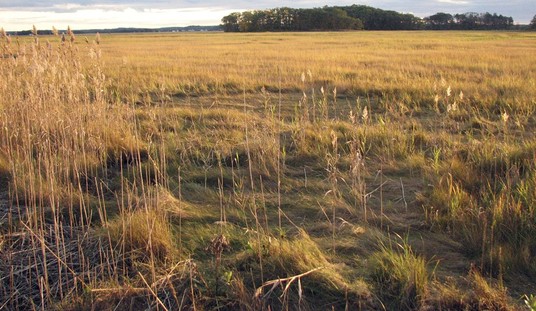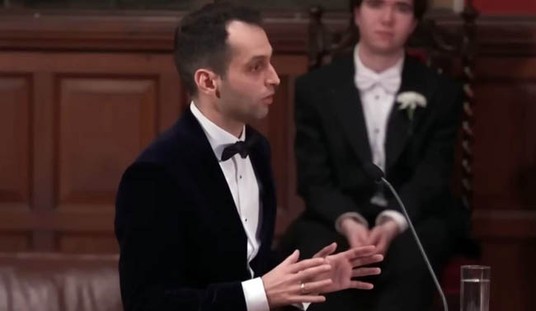A week ago, I warned about the coming cap-and-trade tax that would hit the 95% of Americans that Barack Obama promised would never see a tax increase. The Wall Street Journal picks up that story today, stating the obvious that Obama’s populist supporters never quite understood. Once you tax a producer, the producer passes those costs along to the consumer:
Cap and trade is the tax that dare not speak its name, and Democrats are hoping in particular that no one notices who would pay for their climate ambitions. With President Obama depending on vast new carbon revenues in his budget and Congress promising a bill by May, perhaps Americans would like to know the deeply unequal ways that climate costs would be distributed across regions and income groups.
Politicians love cap and trade because they can claim to be taxing “polluters,” not workers. Hardly. Once the government creates a scarce new commodity — in this case the right to emit carbon — and then mandates that businesses buy it, the costs would inevitably be passed on to all consumers in the form of higher prices. Stating the obvious, Peter Orszag — now Mr. Obama’s budget director — told Congress last year that “Those price increases are essential to the success of a cap-and-trade program.”
Hit hardest would be the “95% of working families” Mr. Obama keeps mentioning, usually omitting that his no-new-taxes pledge comes with the caveat “unless you use energy.” Putting a price on carbon is regressive by definition because poor and middle-income households spend more of their paychecks on things like gas to drive to work, groceries or home heating.
The Congressional Budget Office — Mr. Orszag’s former roost — estimates that the price hikes from a 15% cut in emissions would cost the average household in the bottom-income quintile about 3.3% of its after-tax income every year. That’s about $680, not including the costs of reduced employment and output. The three middle quintiles would see their paychecks cut between $880 and $1,500, or 2.9% to 2.7% of income. The rich would pay 1.7%. Cap and trade is the ideal policy for every Beltway analyst who thinks the tax code is too progressive (all five of them).
You would think that the gas-price bubble would have taught people this lesson already, but decades of “sin taxes” didn’t make a dent, either. When government raises taxes on any producer or product, the price increases. If poor and working-class people buy the products, it will eat up more of their disposable income on a percentage basis than those who make more money. When gas prices shot out of sight last year — not through taxation but through bad policy — the hardest hit were those on fixed or low incomes, as it wiped out what was left of disposable income.
When Obama imposes a cap-and-trade system on energy producers, it will have the same effect. It creates an artificial scarcity and escalating costs to buy up the scarce commodity (carbon emission grants). Those costs create either higher prices or lost jobs, as the producers have to find ways to make up the extra money they spend. In this case, it will probably be both.
The end result will be less energy produced at higher costs. The energy shortage will curtail economic growth at the exact time we need cheap energy to help America’s economy back on its feet. The higher costs will make people poorer, especially in the income strata that can least afford it, and they’ll be able to afford it less anyway, thanks to the economically depressive effects of burdening the economy. And since energy costs impact just about every product and service in this country, the effects multiply through the entire economy.
This is a policy of failure and retreat. It’s a disaster for the American economy.









Join the conversation as a VIP Member